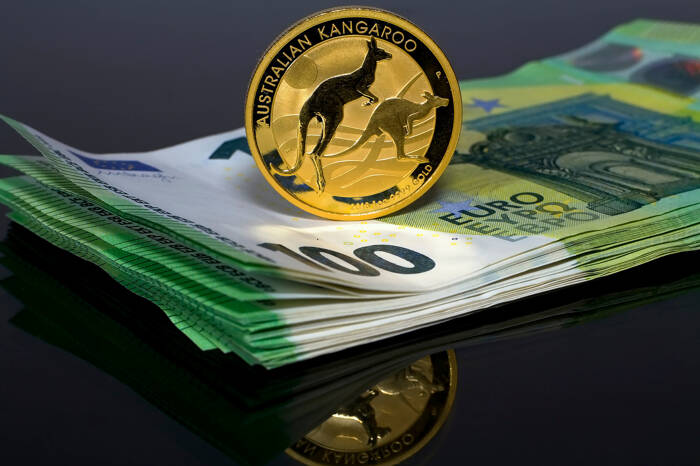GBP/JPY, BRITISH POUND, JAPANESE YEN – TOP TRADE IDEA, Q3 2021:Japanese Yen strengthened as the Federal Reserve moved forward its rate hike plan. Japan has a real yield edge thanks to bets on structural disinflation. The pound might lose a lot of ground against the Japanese yen, and a topping pattern is being watched. The Japanese Yen climbed after the Federal Open Market Committee’s (FOMC) meeting in June, when officials announced that price increases had exceeded their estimates and accelerated the timeframe for future interest rate hikes. After keeping rates unchanged until 2023, the central bank has now planned two rate hikes in that year. Following the news, the implied market view in Fed Funds futures is even more aggressive, with one raise in 2022 and two more the following year. This is likely to reflect following hawkish comments from authorities such as the presidents of the Federal Reserve Banks of St. Louis, Boston, and Dallas. In response, Japanese yields grew in lockstep with those in the United States, reflecting the US Dollar’s ubiquity as the global trade currency. Nearly 80% of worldwide monetary transactions are settled in US dollars. As a result, a rise in the cost of borrowing the US dollar usually translates into higher credit costs around the world. As it happens, most global policy rates have converged on Japan – that is, toward zero and occasionally beyond, into negative territory – since the commencement of the Covid-19 pandemic, which the Fed is quietly initiating. In most cases, recovery from these depths will be accompanied by reflation. Japan is a well-known exception. Structural dynamics that have kept prices low for the past 30 years and inspired an epic (and mostly futile) BOJ counteroffensive are still at work. This suggests that real interest rates in Japan are higher than in the rest of the G10, i.e. nominal yields discounted by the predicted rate of inflation. The extent of the inflation haircut has become crucial since most nominal rates have converged at zero. Because that is naturally low in Japan compared to worldwide peers, the inflation-adjusted yield on JPY-denominated holdings became more appealing. The Bank of Japan’s policy of restricting 10-year yields at 0% is a clear headwind, but it appears to be weak. To keep Japan afloat, the central bank already controls about half of the country’s bond issuance. The ability to do more appears restricted, fearing that the monetary authority and the government as a whole will be accused of outright debt monetization, which is illegal internationally. Against the British Pound, the Yen appears to have the most significant advantage of the main currencies in this regard. As the Fed pushes nominal rates higher around the world due to inflation fears, Japan’s real-yield advantage is certain to grow even more. GBP/JPY TECHNICAL ANALYSISOn the technical perspective, the GBP/JPY pair appears to be creating a double top near the January 2018 high resistance. Prices have broken through a seven-month trend line support, and bearish RSI divergence indicates that upside momentum is fading. If the price breaks through support at 151.32, the 148-149 zone could be revealed. A break below that level might shatter the uptrend that began in March 2020. Using TradingView, a weekly chart of the GBP/JPY was constructed. View each DailyFX analyst’s favorite trade setups for the third quarter. Our new 3Q Top Trading Opportunities guide is now available for download!/n
Read MoreGBP/JPY May Fall as the Fed Feeds Yen Real Yield Advantage: Q3 Top Trading Opportunities
2021-07-04T09:00:00-04:00July 4th, 2021|





